What is a trigger pull gauge?🧐
It is an essential tool for firearms enthusiasts. Measuring the amount of force needed to pull a gun’s trigger, helps you assess whether your gun’s action is properly set up and functioning correctly.
Features✍️
A trigger pull gauge is an essential tool for any gun enthusiast. With it, you can accurately measure the force required to pull the trigger of your favorite firearm. This tool measures how much pressure (in pounds) needs to be applied to the trigger for it to fire.
- ✅ The most basic gauge has two leads that are placed in contact with the trigger guard before firing the gun. When fired, they measure the amount of pressure required for the trigger to be pulled.
- ✅ Some models will also provide additional features such as recorded history logs or repeatable settings.
- ✅ High-end models may include additional features like an LCD for easier monitoring or an audible signal when a certain pressure threshold is reached. Depending on how serious you are about accuracy, it may be worthwhile investing in a more advanced model with greater capabilities.
- ✅ The best trigger gauge should be able to accurately measure the pressure required for your firearm’s trigger pull while remaining lightweight and easy to use. It should also provide accurate readings consistently, so you can trust that what you’re seeing is real.
Benefits🤩
Having the right trigger pull gauge can make all the difference in your shooting accuracy and experience.
- ⭐️ A good gauge can help you to accurately measure the force required to fire your gun, allowing you to make adjustments or repairs as needed for better control and performance.
- ⭐️ Using it is an ideal way to ensure that your firearm meets safety standards at all times. With more precise measurements, you can adjust for different loads and ammunition types without overdoing it or putting yourself in danger.
- ⭐️ Aside from accuracy and safety benefits, these gauges can also help you to improve your shooting skills over time by making sure that your gun is always consistent and comfortable to use. This is especially important if you are training others on how to shoot accurately- with proper measurements of force they will be sure to learn faster as they get used to pulling back their triggers correctly every time.
- ⭐️ Lastly, having a good gauge is great for maintaining high levels of firearm performance even after long periods of use. With regular inspections, you can keep tabs on any parts that may need replacing sooner rather than later, keeping your gun running at peak efficiency for years down the line.
How to choose it?🔍
Choosing the right trigger pull gauge is an important step in ensuring accuracy and consistency when shooting. Here are some tips for choosing:
- 🟣 Sensitivity rating: The higher the sensitivity rating, the more accurate readings you can expect from the tool. Additionally, consider getting a gauge with an adjustable force setting so you can customize it to provide readings that are most relevant to your specific needs. This feature is especially useful when testing different firearms or ammunition types.
- 🟣 Construction quality and materials: Look for gauges that are made with durable and corrosion-resistant materials which will ensure longevity and smooth operation. Also, check if any additional features such as colored scales or digital displays may be beneficial during use.
- 🟣 Range: When it comes to accuracy, look for a trigger gauge with a range of 0-6 pounds (2-15 Newtons). This range should give you enough precision to measure accurately without over-reading or under-reading due to variations in pressure between different firearms or ammunition types.
😉 By following these tips, you should be able to find the perfect gauge for all your shooting needs!
Best Trigger Pull Gauge Reviews
1# Lyman Electronic Digital Trigger Pull Gauge
View on OpticsPlanet View on Brownells
The Lyman Electronic Digital Trigger Pull Gauge is a must-have tool for any gunsmith or serious shooter. This high-quality gauge offers fast, safe, and precise trigger pull weight readings, displayed on an easy-to-read LCD screen. The gauge will give you an average of up to the last 10 readings, ensuring you know the exact pull weight. Simple to use, the Lyman Trigger Pull Gauge is a great way to ensure your firearm is operating at its best.
2# Wheeler Professional Digital Trigger Gauge
Wheeler’s Professional Digital Trigger Gauge is the perfect tool for gunsmiths and serious shooters alike. The gauge provides accurate measurements of trigger pulls, in both pounds and kilograms and records the maximum and minimum trigger pull within a session. The ergonomic design and soft-touch buttons make the gauge easy to use, while the arm folds inside the housing to protect the load sensor when not in use. With its +/- .1 oz. accuracy and 0-12 lbs. range, the Wheeler Professional Digital Trigger Gauge is the perfect tool for ensuring your weapon is performing at its best.
3# Lyman Mechanical Trigger Pull Gauge
View on OpticsPlanet View on Brownells
The Lyman Mechanical Trigger Pull Gauge is a simple, accurate, and cost-effective way to measure the weight of your firearm trigger pull. Machined from tough aluminum and steel components, this gauge will stand up to years of use. Features a rolling trigger shoe, a “T” handle, a sliding indicator that holds your highest weight, and a zero-adjustment wheel; the gauge reads from 0 to 12 pounds in 2-ounce increments. This gauge is also equipped with a hanging loop for storage.
4# Brownells Recording Trigger Pull Gauge
This Recording Trigger Pull Gauge is perfect for measuring the weight of your shots. With a heavy-duty design and solid brass construction, this gauge is built to last. The deeply embossed black numbers make it easy to read measurements in pounds, ounces, and grams. And with a precision spring and extra-long trigger hook, this gauge can easily fit around most grips and stocks. Don’t miss the opportunity to get an excellent performance – order the Recording Trigger Pull Gauge just now!
5# Wheeler Engineering Trigger Pull Gauge
Quickly and easily measure the trigger pull weight of your gun with the Wheeler Engineering Trigger Pull Gauge. With accurate measurements from 8 oz. to 8 lbs., this gauge makes it easy to find the right trigger weight for optimum accuracy and safer performance. The ergonomically shaped handle provides a consistent direction of pull, while the highly visible increment markings and easy-to-read sliding indicator make it easy to get an accurate reading every time.
Explanation of trigger pull percentage💡
When it comes to firearms, the trigger pull is an important factor to consider. A trigger pull gauge measures the exact amount of pressure required to pull a trigger and helps make sure that your firearm is operating safely and accurately.
✒️ Trigger pull percentage (or trigger weight) is the measure of force, in pounds or kilograms, required to fully depress the firearm’s trigger. This measurement is usually expressed as a percentage of the overall weapon weight.
- 🔶 For example, if a gun has a total weight of 10 lbs., then a 3 lb. trigger would have a 30% trigger pull percentage. Lower numbers indicate lighter triggers that require less force to operate while higher numbers indicate heavier triggers that require more effort before releasing the hammer or striker on the firearm.
📝 Knowing how to properly measure your trigger pull percentage can help ensure that your firearm operates safely and accurately when firing rounds.
- 🔶 For instance, having too heavy of a trigger pull percentage can make it difficult to fire consistently, while having too light may increase the chance of accidental discharges. It’s important to use a gauge to help determine what is best for your firearm and shooting style.
FAQ🤓
Conclusion😊
Choosing the best trigger pull gauge for your particular needs can be a difficult task. Fortunately, this article has provided you with an in-depth look at some of the top models on the market today and all that they have to offer. With our comprehensive buyer’s guide and product reviews, we hope you now feel more confident about selecting the perfect gauge for your needs. Good luck!🥰❤️🔥
Affiliate Disclosure: Rotorm.com sometimes gets paid for listings, through sponsors or affiliate programs like Amazon, Optics Planet, Lucky Gunner, Brownells, Cabelas, Rainier Arms, 5.11 Tactical, Bass Pro Shop, etс. Clicking a link helps keep Rotorm.com free, at no extra cost to you!
About the author: Each article on our site is written by experts in survival and tactical equipment, gun enthusiasts, extreme travelers, military, law enforcement and desperate professionals, read about the author at the bottom of the article or visit "About Us" page.
Note: The views and opinions expressed in this article are those of the authors and do not necessarily reflect the official policy or position of any agency.

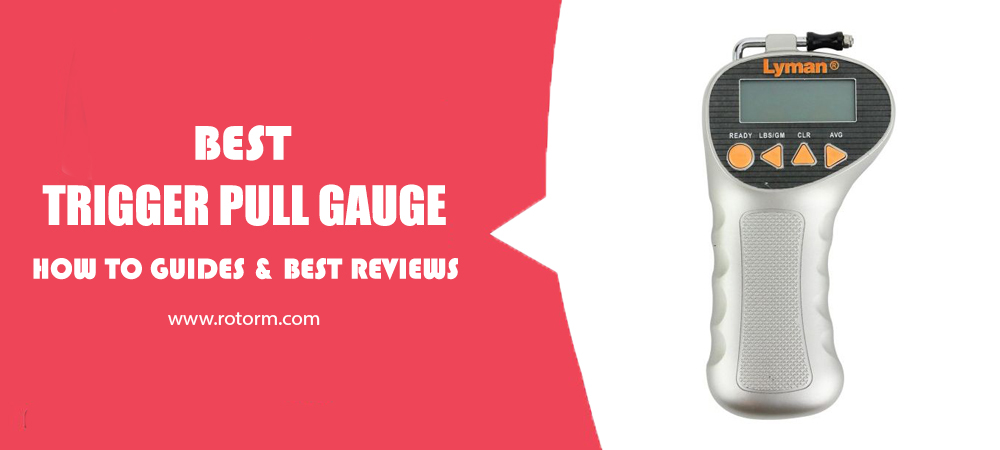
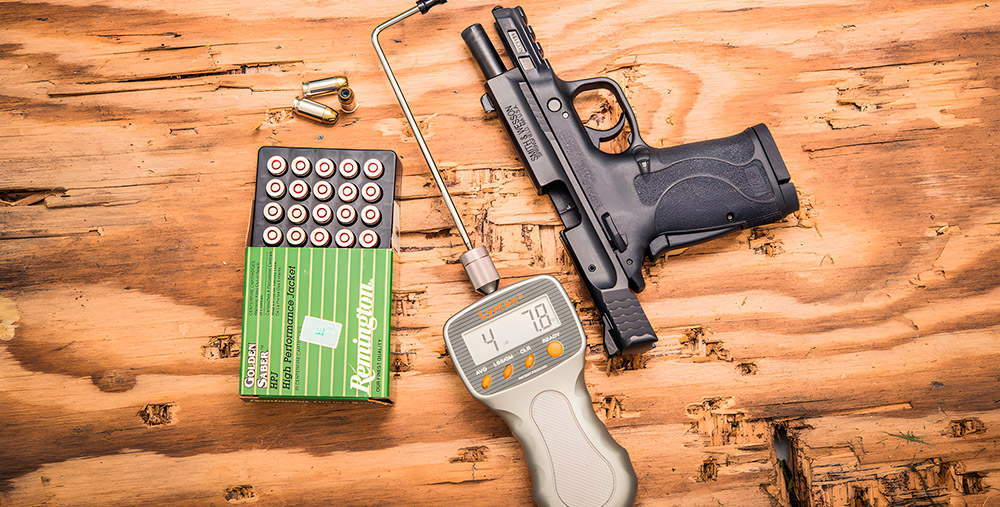
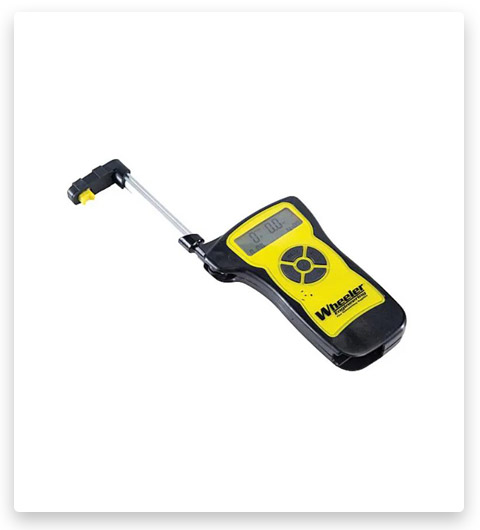
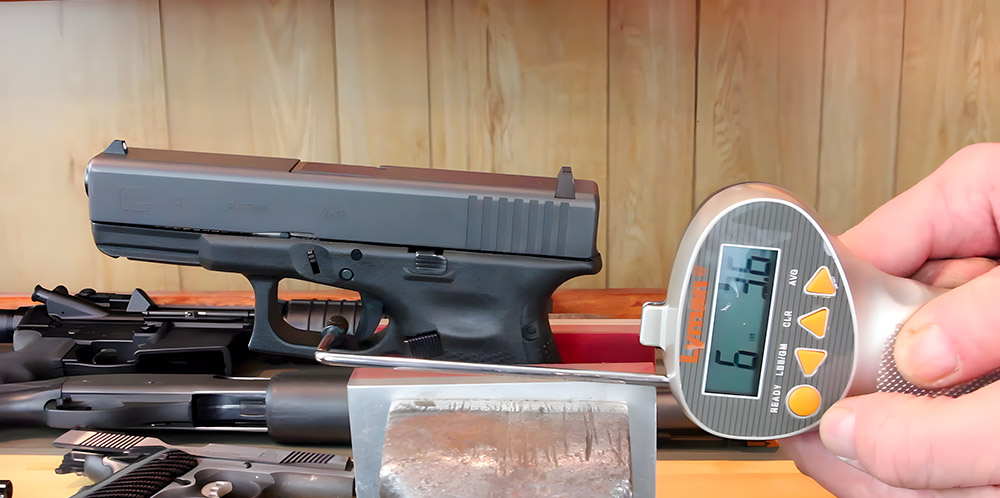
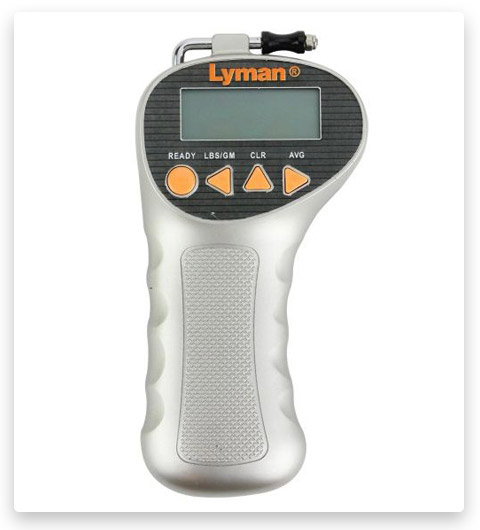
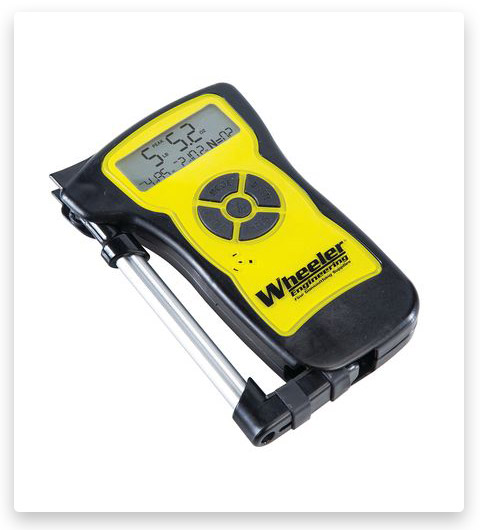
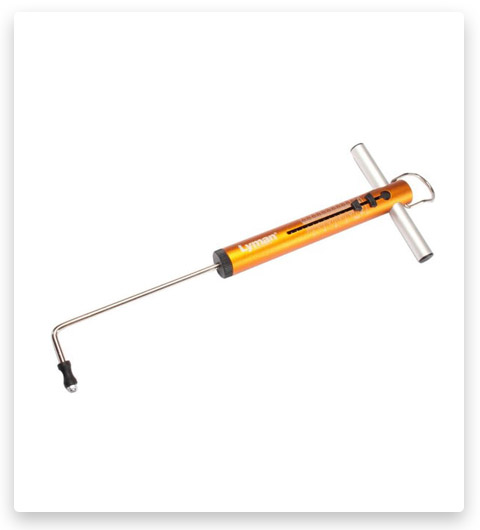
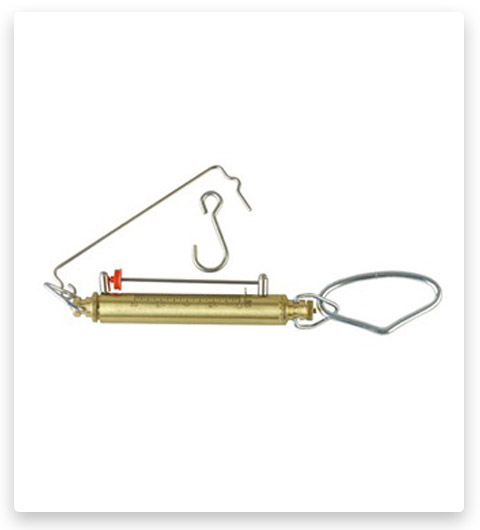
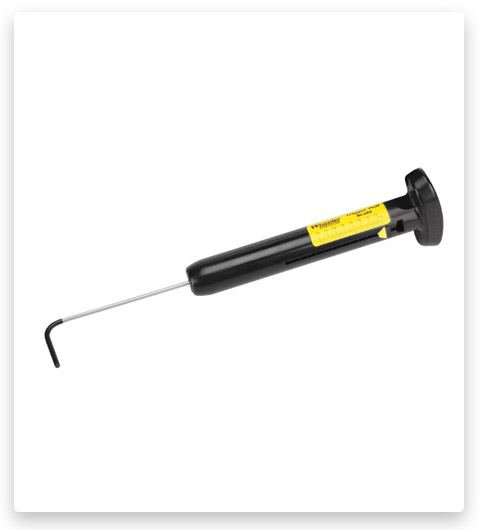
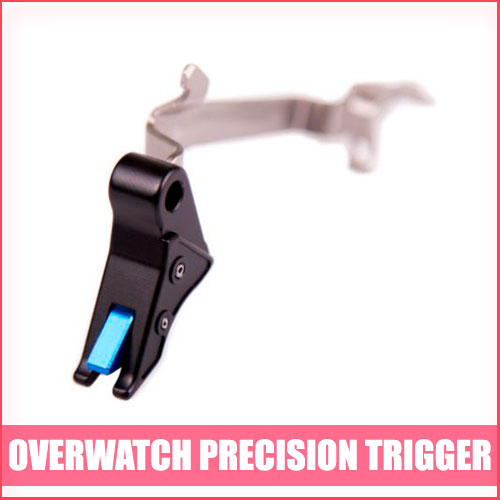
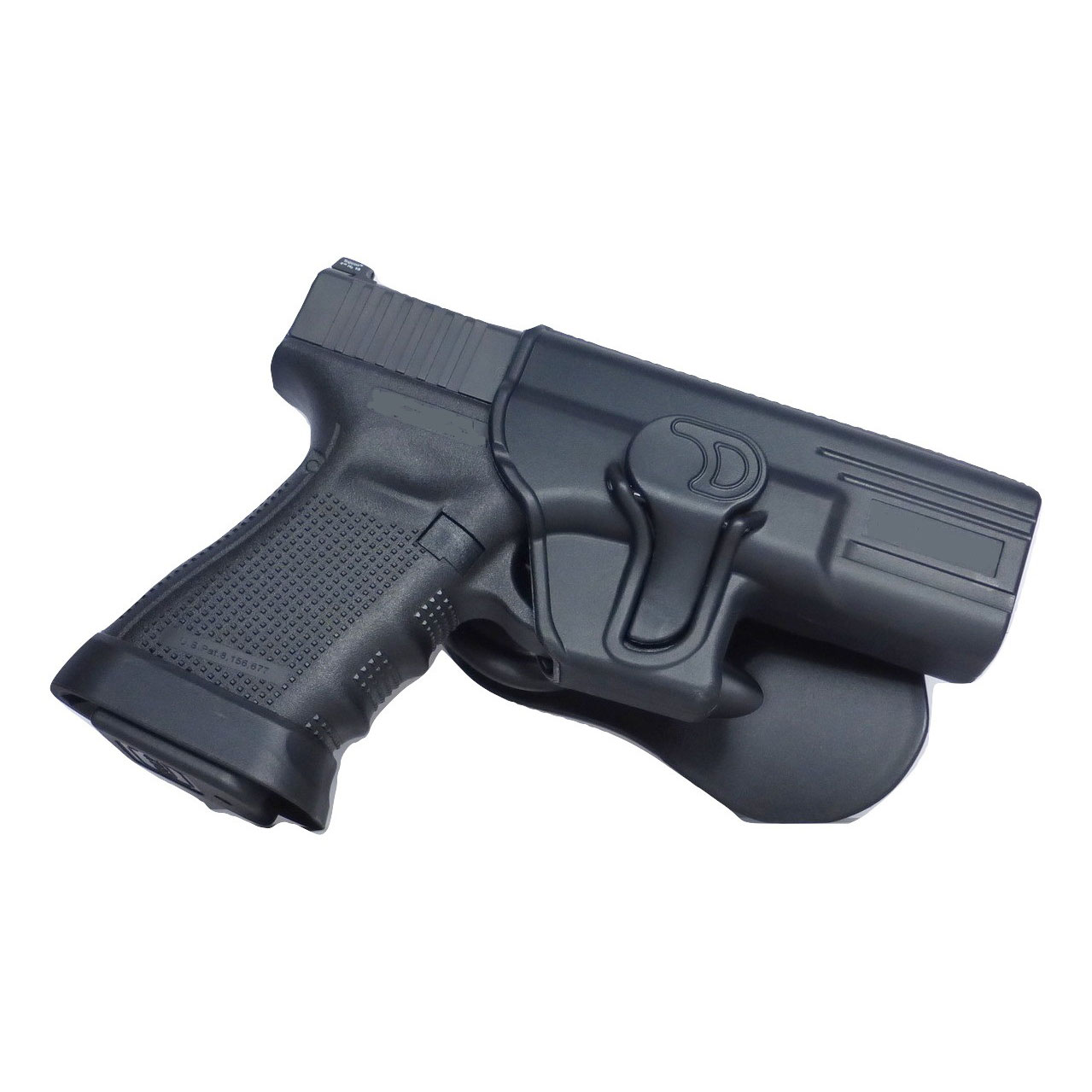
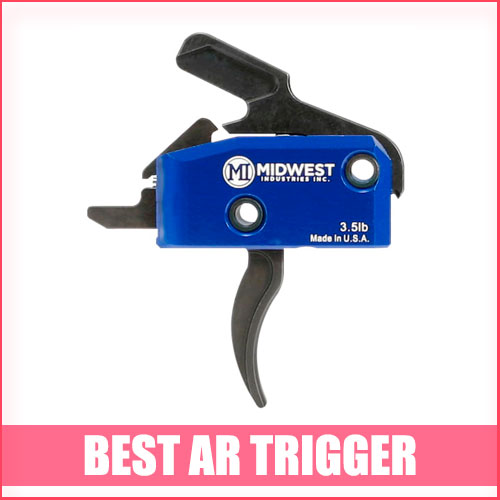
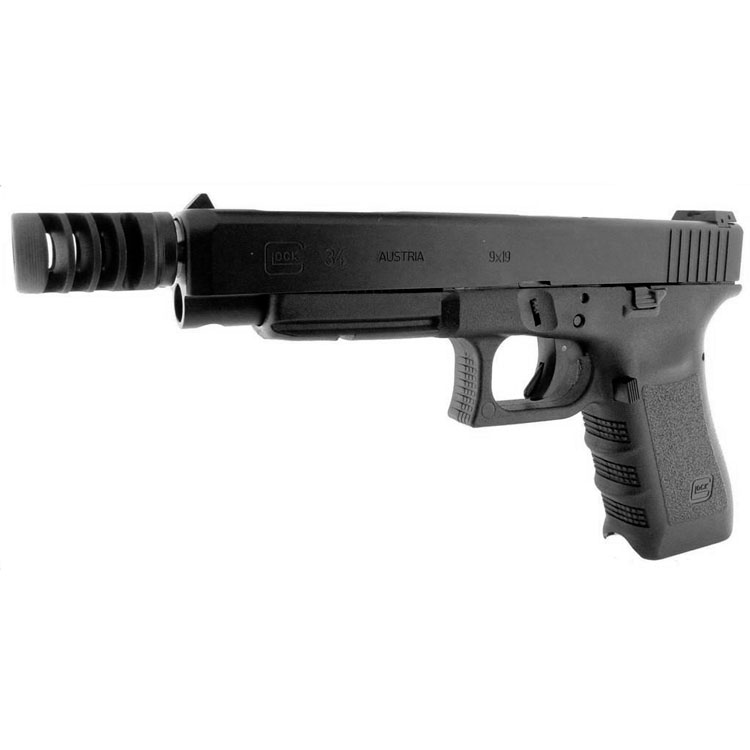
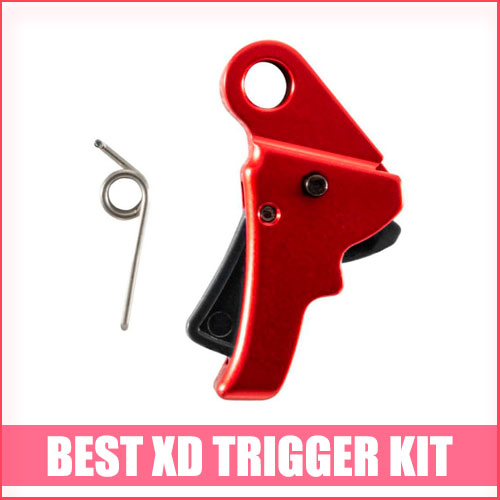

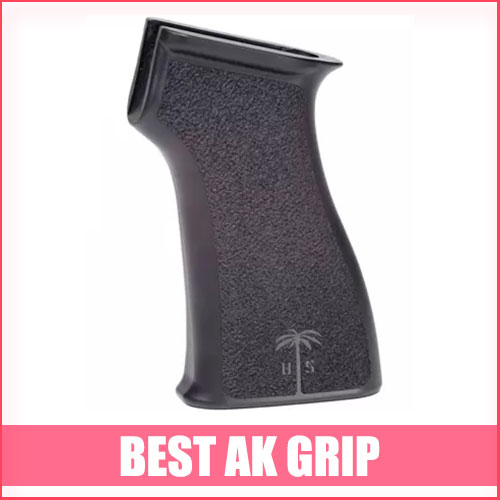
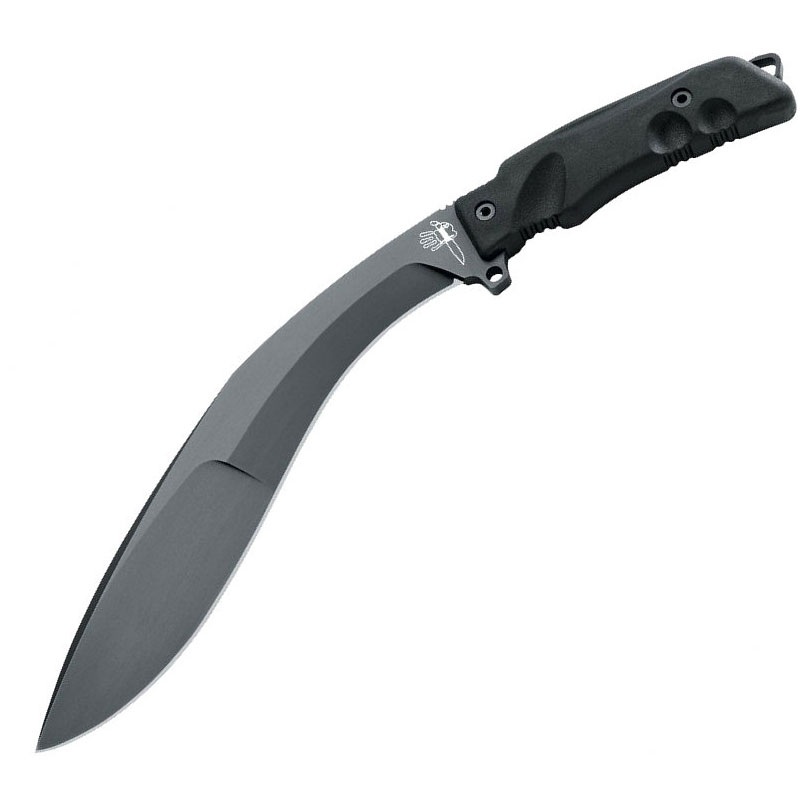
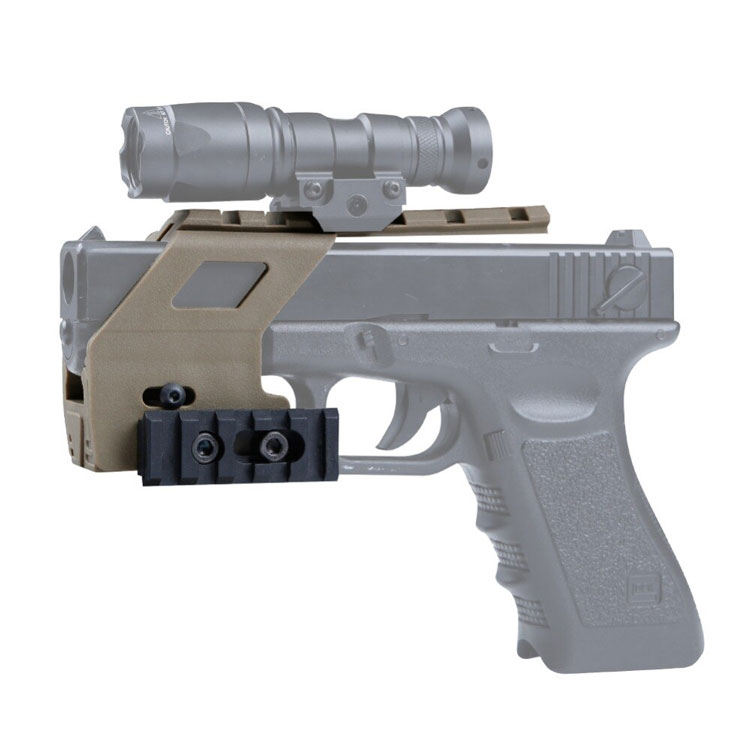
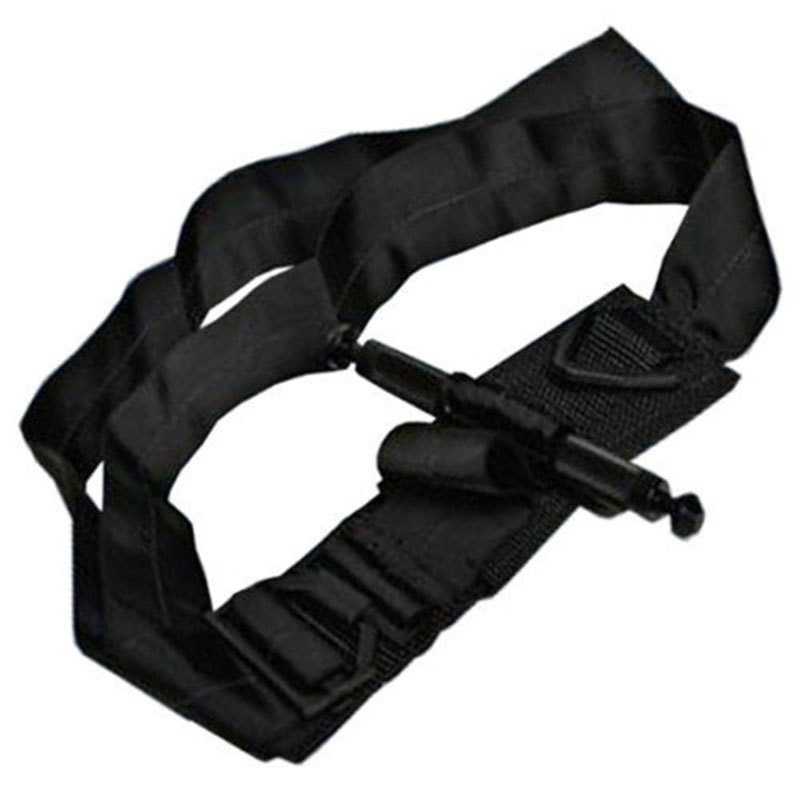
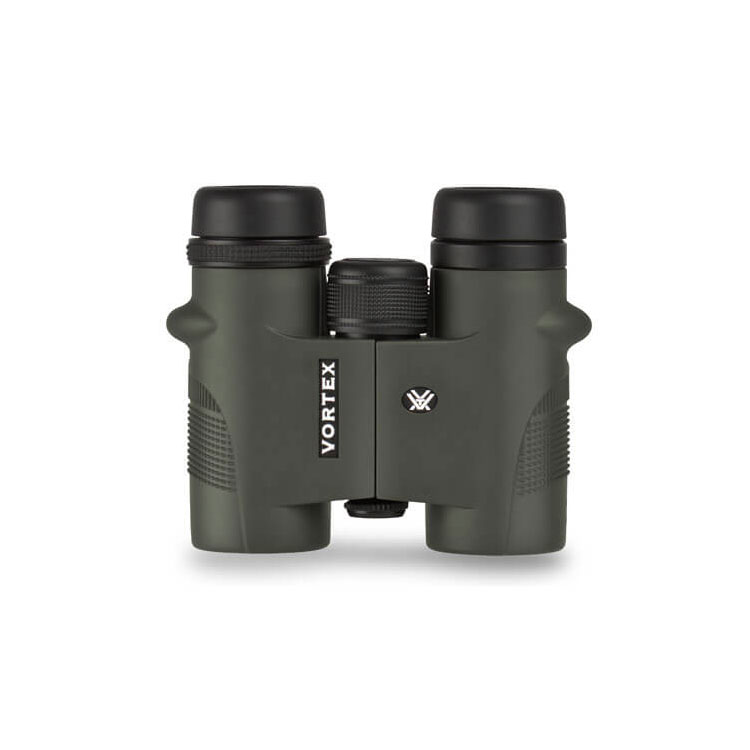
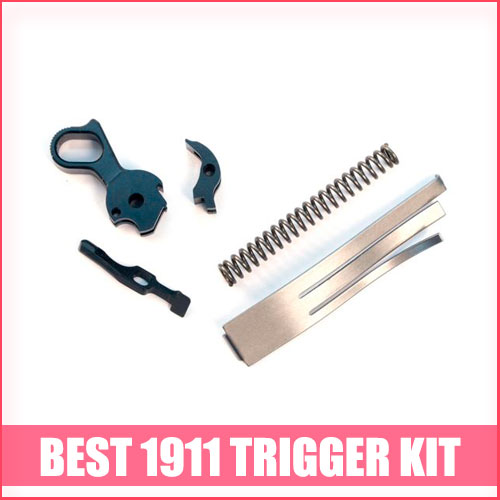
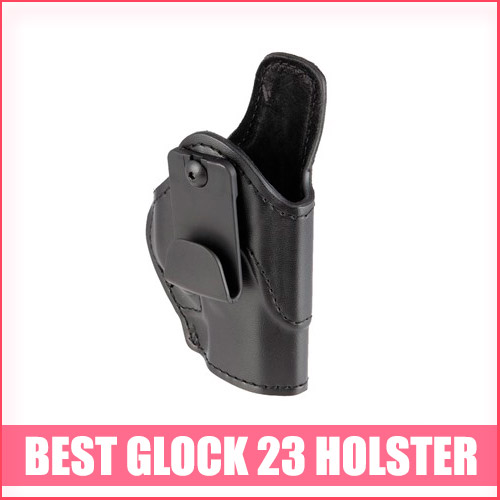
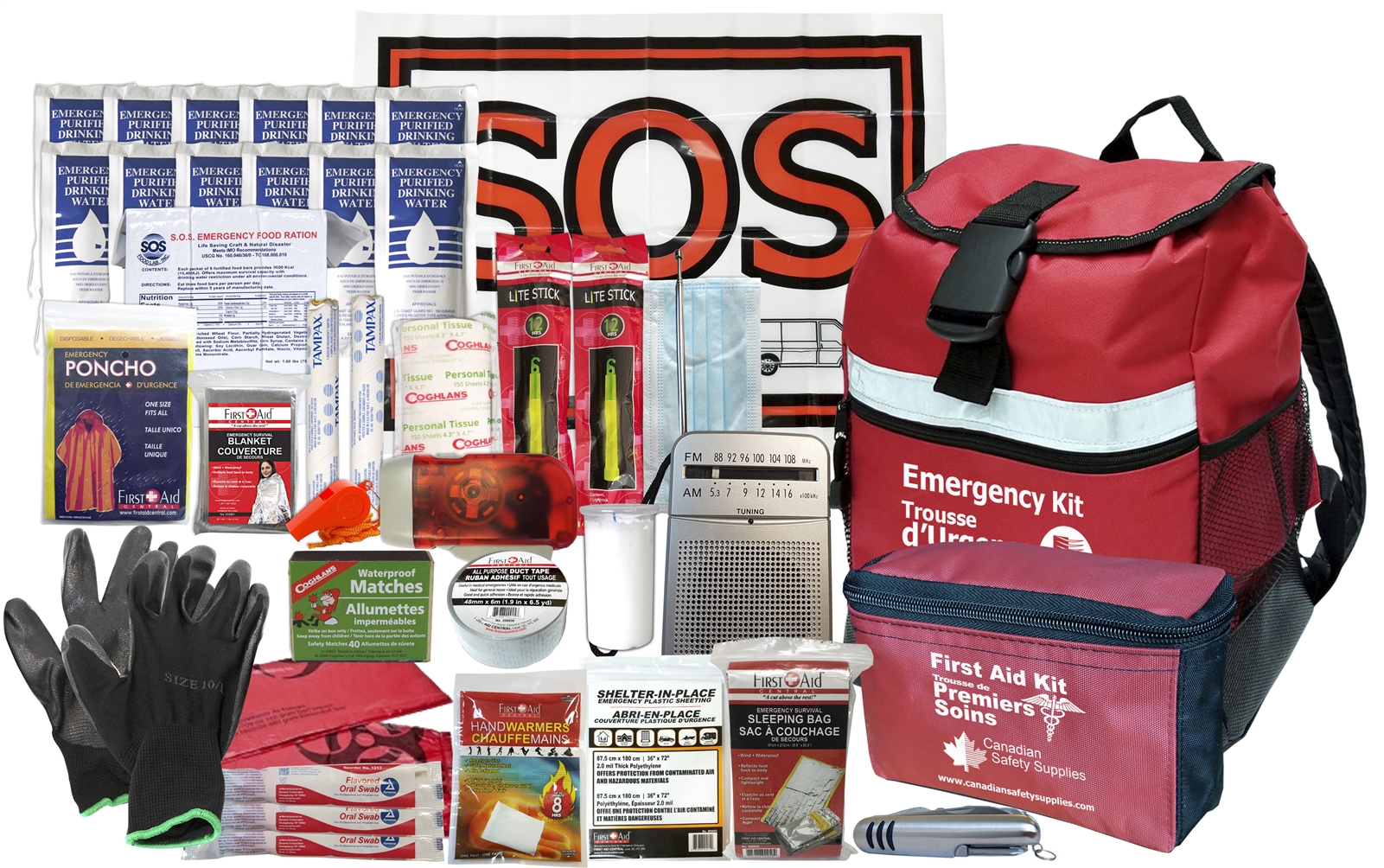
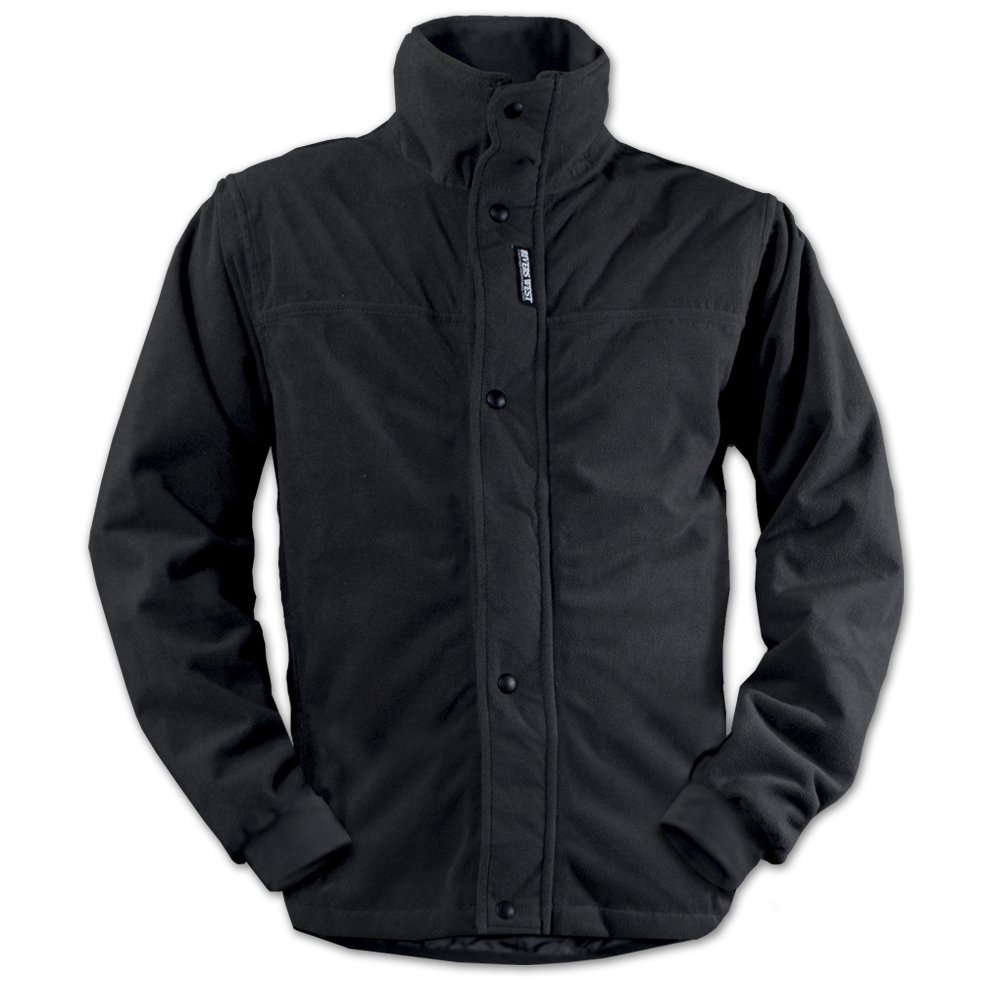
I am looking for a trigger pull gauge, that worked well for me. Any suggestion based on your experience?
I have personally used a basic Lyman Mechanical Trigger Pull Gauge for measuring trigger pull weight, and it served its purpose adequately. While it wasn’t anything exceptional, it got the job done, and I’m satisfied with the final results. One recommendation I have is to take your time and make multiple measurements. It’s important to be cautious not to pull too hard when the trigger breaks, as it can affect the accuracy of the measurement. By being careful and consistent, you can obtain reliable trigger pull weight readings with the gauge.
I’ve been using a Lyman Electronic Digital Trigger Pull Gauge for over 15 years, and it has served me well. I find it to be a reliable tool for setting trigger pull weights on my firearms. Instead of focusing on achieving an exact numerical value, I prefer to adjust the trigger to my personal preference based on feel. I take note of the reading on the Lyman when I’m satisfied with the trigger to pull and use that as a reference point to ensure consistency across my other firearms.
I own both a Lyman Electronic Digital Trigger Pull Gauge and a Wheeler Professional Digital Trigger Gauge, and I’ve found that they provide consistent and matching measurements. However, in terms of usability, I prefer the Wheeler Professional Digital Trigger Gauge. I find it to be easier to use and more user-friendly in my experience. Both gauges have been reliable and helpful in adjusting the trigger pull weights.
I recently had a customer who is quite adamant about having an exact 4-pound trigger pull on their 1911. This has prompted me to consider replacing my current trigger pull gauge. I’m looking for a reliable option that provides good value for the money. What would you recommend as the best option in terms of accuracy, functionality, and affordability?
I think I’ll go ahead and purchase the Wheeler Engineering Trigger Pull Gauge. Over the past five years, I have been using it for trigger jobs on 1911 and 2011 competition pistols, and it has consistently provided accurate and repeatable results.
Help me please with my query on which trigger pull gauge to get. Thanks!
I have found the Lyman Electronic Digital Trigger Pull Gauge to be a reliable choice. It offers the convenience of taking an average of five pulls, which provides a more accurate measurement of the trigger pull weight. I appreciate the digital display and its overall functionality. If you value these features, the Lyman Electronic Digital Trigger Pull Gauge would be a suitable option for you.
I opted for the budget-friendly Wheeler Professional Digital Trigger Gauge, and it has served me well. While it may not provide the utmost accuracy, I find it to be consistent enough for my needs. The important aspect for me is being able to adjust different triggers to the same weight and maintain a relatively consistent pull.